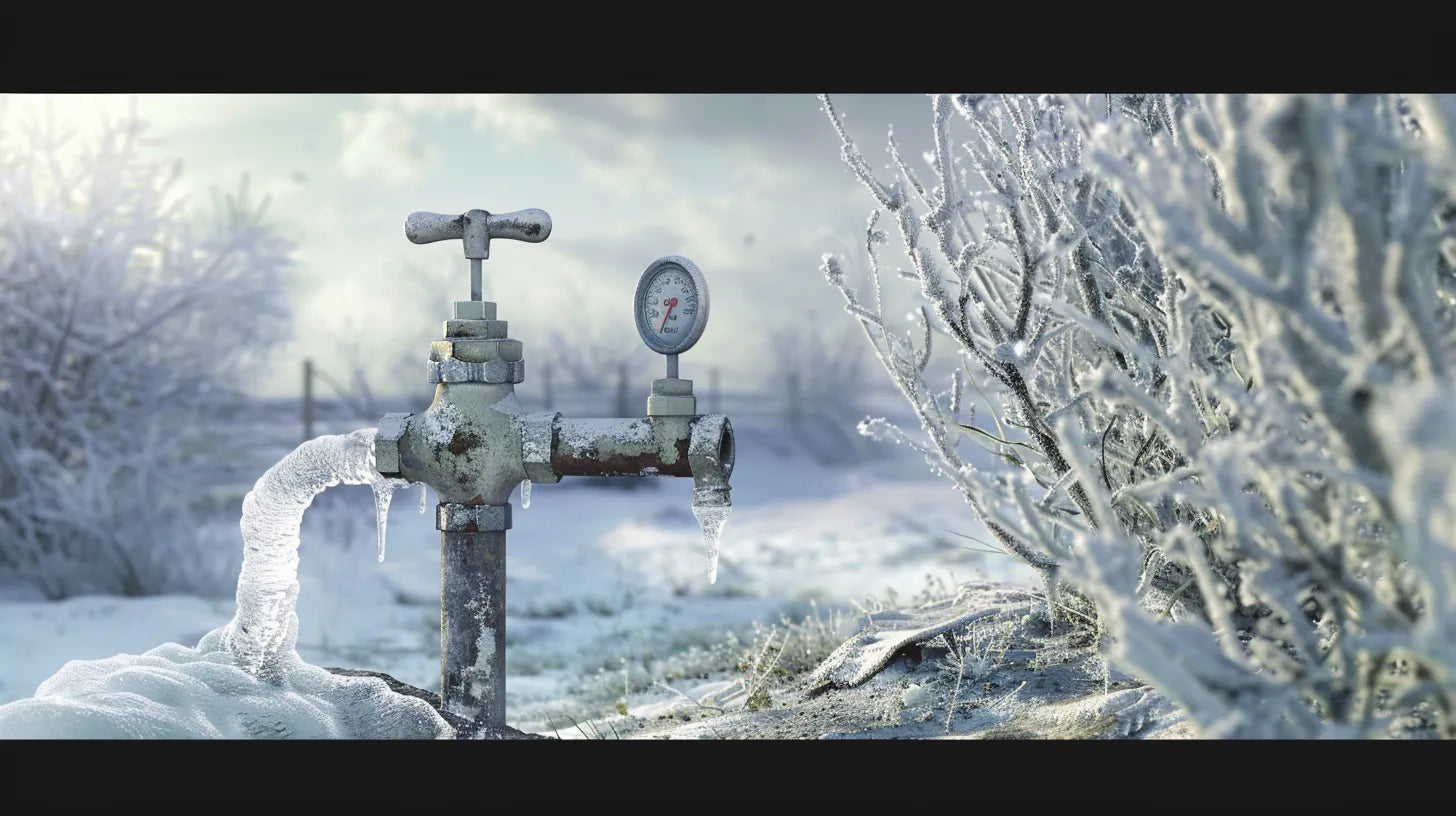As winter approaches, the importance of protecting outdoor faucets from the harsh elements cannot be overstated. The process of adequately covering outdoor faucets is a critical measure to prevent the freezing and bursting of pipes, which can lead to significant water damage to a property.
While the use of common household items for insulation is a known practice, the efficacy of these methods compared to commercially available covers warrants further examination. In the following discussion, we will explore the various materials and techniques that can be employed to safeguard outdoor faucets, along with a comprehensive analysis of their advantages and potential drawbacks.
This exploration promises to unveil insights that could be pivotal in ensuring the longevity and functionality of outdoor water fixtures throughout the winter season.
Understanding the Risks
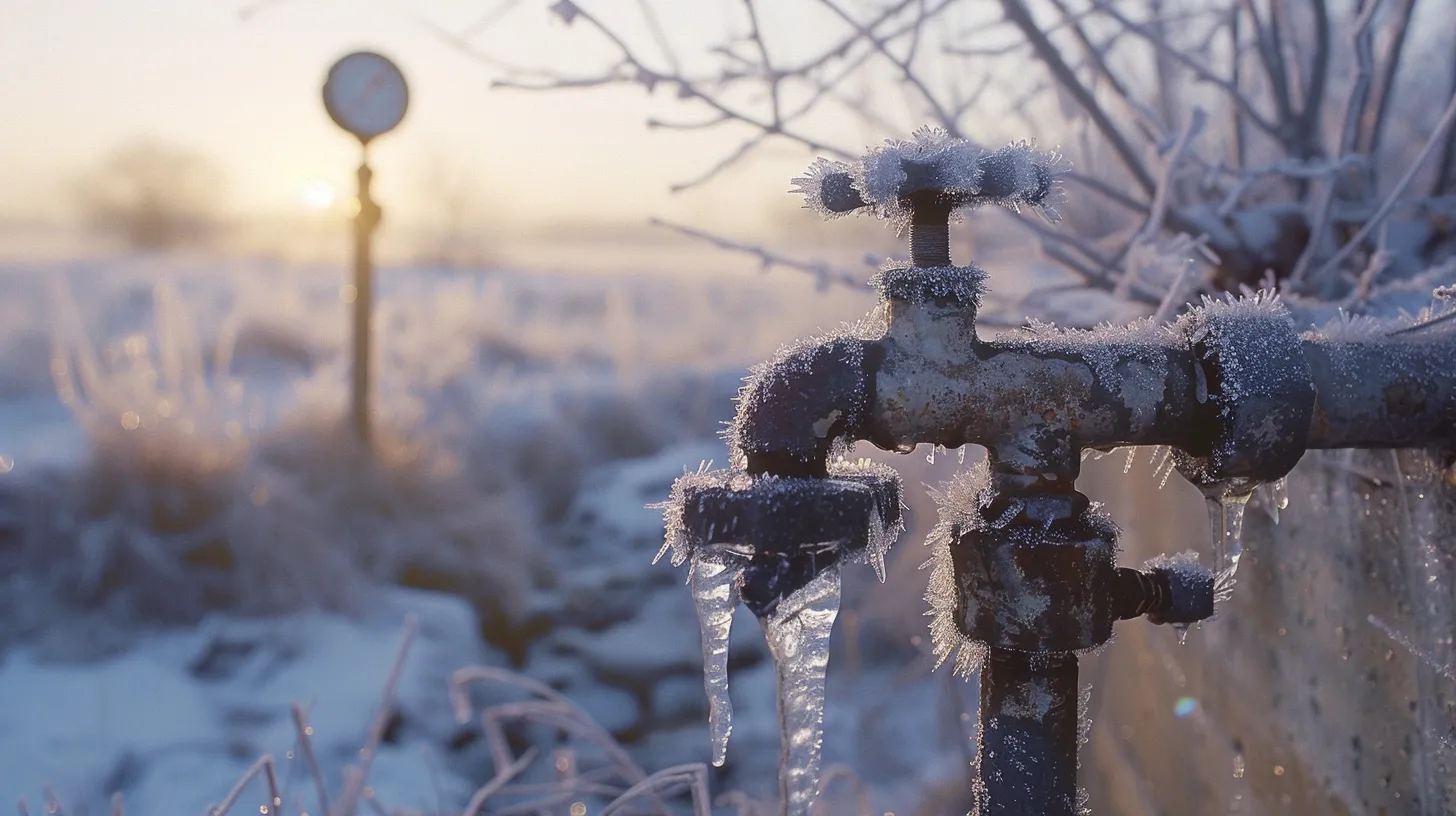
Understanding the risks associated with exposed outdoor faucets during winter months is essential, as it can lead to frozen pipes within the walls, causing significant damage and necessitating costly repairs. When water freezes, it expands, exerting pressure on the pipes. This pressure can cause the pipes to crack or burst, leading to partial or complete blockage of water flow. The consequence of such an event is not just the inconvenience of losing water supply but also the potential flooding and damage to the house's structure, including walls, ceilings, and floors.
Immediate action to protect outdoor faucets from the cold is crucial to prevent these costly outcomes. Proper insulation of these faucets can significantly reduce the risk of freezing by preventing cold air from seeping in and lowering the temperature of the water inside the pipes to a freezing point. By understanding and mitigating these risks through effective insulation and protection measures, homeowners can safeguard their property against the adverse effects of freezing temperatures. Thus, preventing water in outdoor faucets from freezing is not just a preventative measure but a critical step in protecting the integrity and safety of one's home during the cold winter months.
Necessary Materials
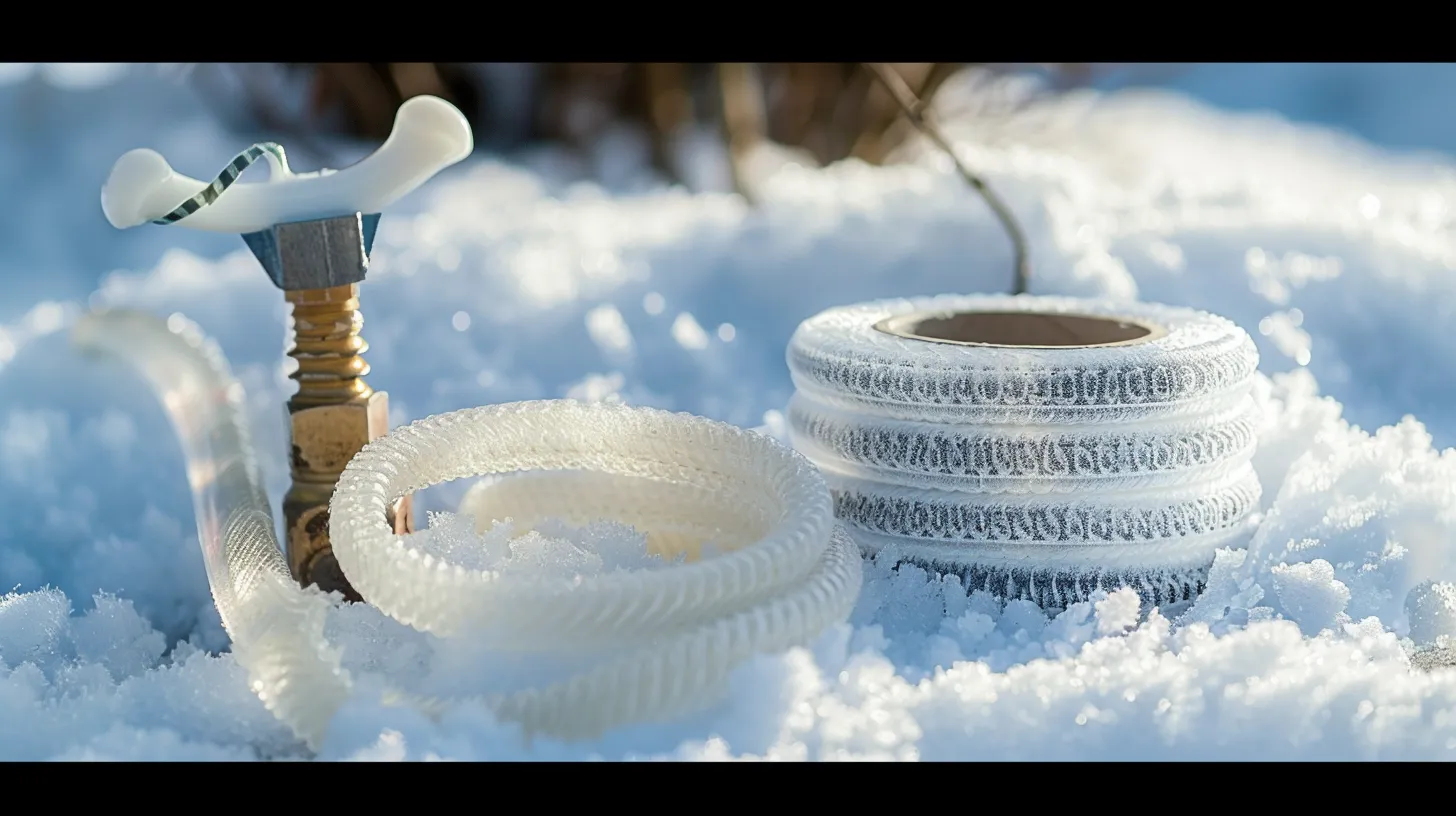
Having established the importance of protecting outdoor faucets during the winter, it's crucial to identify the materials necessary for this task. The cold weather can cause outdoor faucets exposed to the elements to freeze, leading to potential water damage inside the home. Therefore, it's essential to have the right materials on hand to create effective and insulated covers.
The essential materials required include:
-
Insulation Materials : Old shirts or towels, and insulating foam covers can be used to wrap around the faucets. These materials help in keeping the faucets warm and prevent them from freezing.
-
Sealing Materials : Large ziplock bags or plastic shopping bags are effective in waterproofing the insulation. Duct tape or electrical tape, along with zip ties or twist ties, can secure the covers in place, ensuring that cold air doesn't seep through.
-
Optional Supplies : For a more customized fit, painters tape or string can be used to secure the insulation more precisely around different faucet sizes and shapes.
Choosing the Right Cover
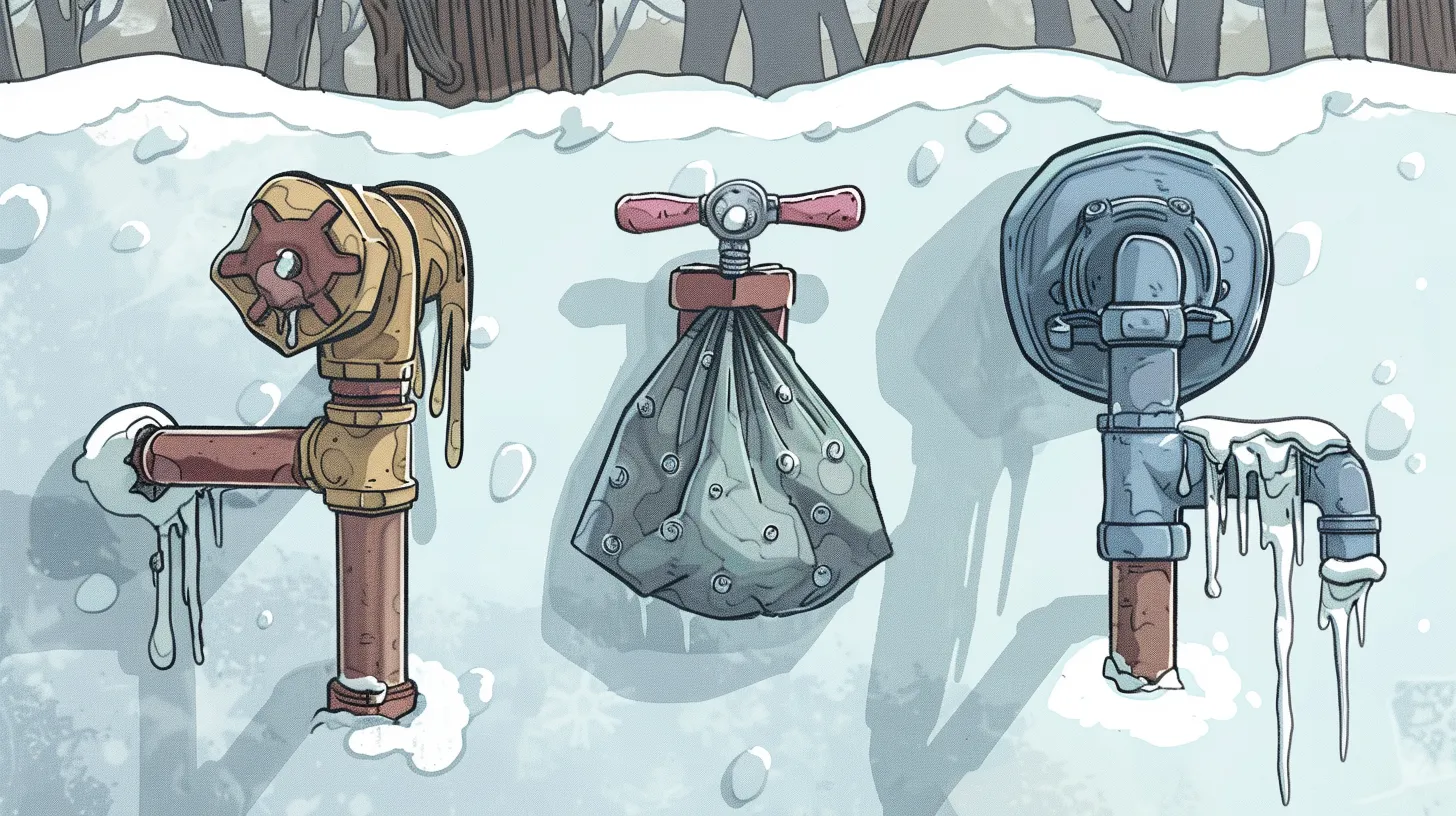
Selecting an appropriate cover for your outdoor faucet is a vital step that hinges on various factors, including local climate conditions and the specific characteristics of your faucet. The primary goal is to safeguard your water supply from freezing temperatures that can lead to a broken pipe. Outdoor faucet covers are designed to block cold air, reducing the risk of frozen pipes which are a common issue during hard freezes.
When choosing the right cover, consider the severity of winter conditions in your area as indicated by the weather forecast. A cover with sufficient fabric insulation is essential for preventing freezing and bursting of pipes. It's important to evaluate the size and shape of your outdoor faucet to ensure the cover fits securely, offering maximum protection against rain, snow, and other harsh elements. Additionally, opt for covers that are weatherproof and have long ties, which provide added security and stability during windy conditions.
Installation Steps
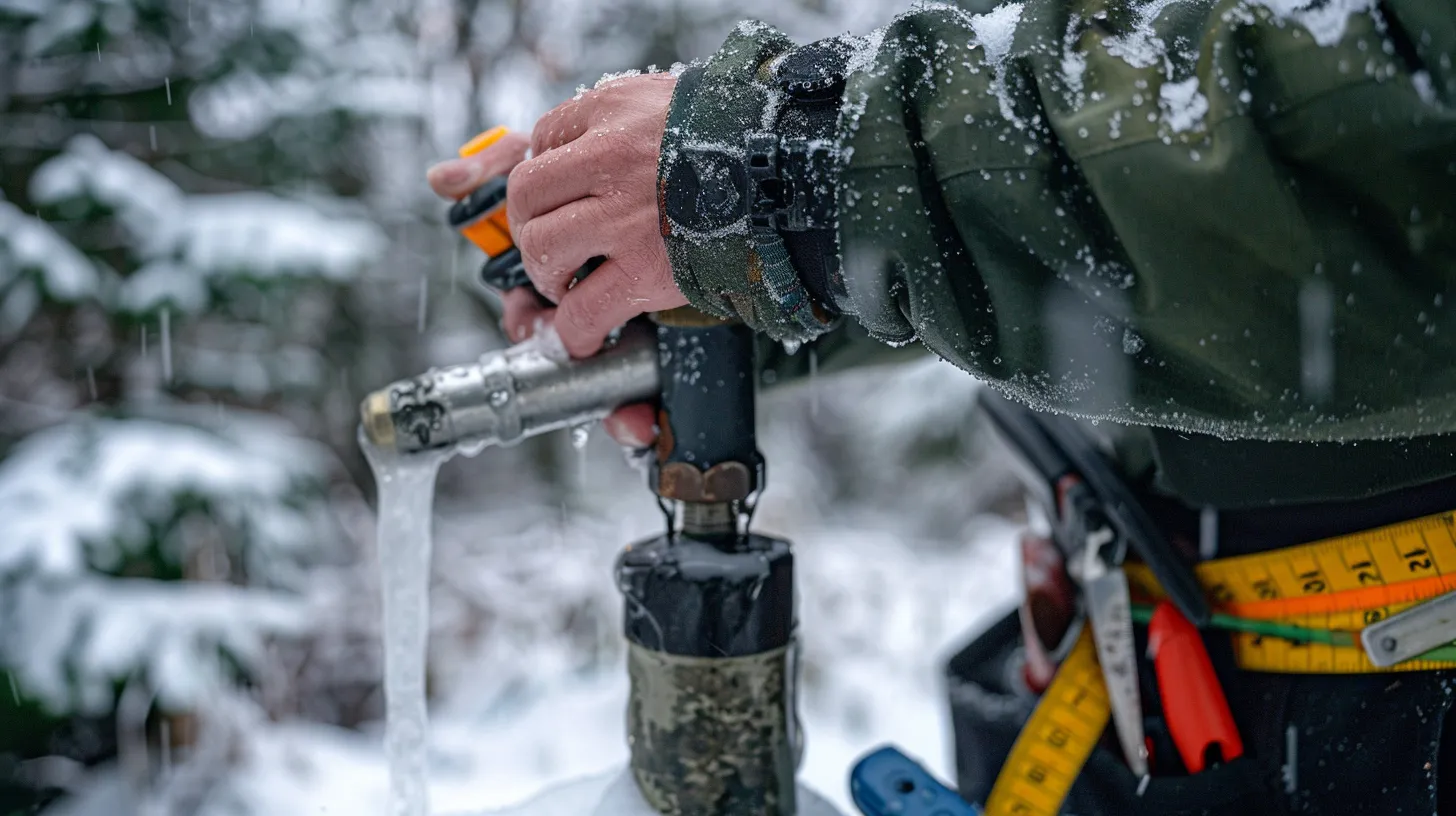
After choosing the right cover for your outdoor faucet, the next crucial step is to properly install it to ensure maximum protection against freezing temperatures. Proper installation is paramount to prevent damage to pipes and ensure your outdoor faucets are shielded from harsh winter weather.
The following steps will guide you through the process:
- Prepare the Faucet :
- Turn off the water supply to the outdoor faucet to prevent water flow.
- Drain any remaining water from the faucet to eliminate the risk of freezing and bursting.
- Wrap the faucet with insulating material, such as an old shirt or towel, to add an initial layer of protection.
- Cover and Secure :
- Insulate the faucet with foam covers designed specifically for this purpose. These covers provide a snug fit and offer substantial protection from freezing.
- Secure the foam cover with zip ties or twist ties, ensuring it stays in place even in windy conditions. For additional security, cover the insulated faucet with a plastic bag and secure it with tape to shield against moisture.
- Final Checks :
- Double-check the installation to ensure everything is tightly secured and fully covered. This step is crucial to ensure your efforts effectively protect from freezing and provide winter weather protection for your outdoor faucets.
Additional Protection Tips
Beyond the initial steps of insulating outdoor faucets, employing additional protective measures can significantly enhance the resilience of your home's plumbing system against the harsh realities of winter. Covering your outdoor faucets with either a hard or soft cover, combined with thick insulation, is just the beginning. To further protect your home and potentially save thousands of dollars in repairs, it's essential to turn off the water supply to outdoor faucets before the cold sets in. This simple action can prevent freezing water from causing pipes to burst.
Moreover, taking the time to disconnect and drain garden hoses can minimize the damage caused by frozen water expanding inside them. For indoor plumbing, leave cabinet doors under sinks open to allow warm air to circulate around the pipes, preventing freezing. Additionally, maintaining a consistent temperature in your home, even when you're not there, can help avoid sudden drops that might lead to freezing.
For those looking for even more security against winter's grip, consider installing frost-free faucets or applying heat tape around pipes for added insulation. These extra steps can provide peace of mind all winter long, ensuring your plumbing system remains intact and functional despite the freezing temperatures outside.


